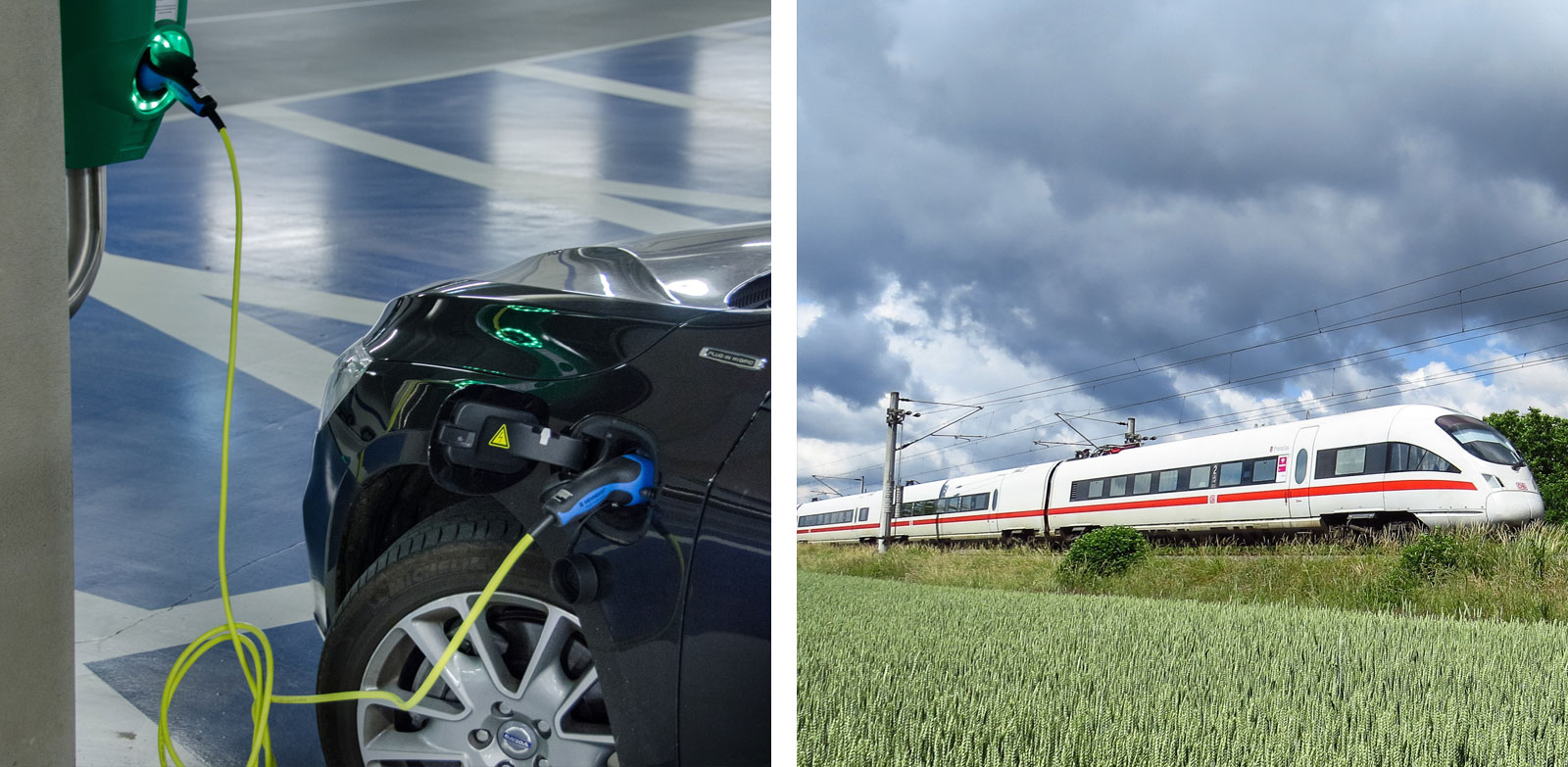‘Lost Opportunity’: Is the $100bn Infrastructure Spend Future Proofing Australia?
The federal budget has committed to a massive $100 billion spend on infrastructure over the next ten years, with $42 billion to be spent over the next four years.
Funding will go towards major road and rail projects which will help create connectivity between our communities, especially as our population is projected to hit 30 million by 2029.
In its budget reply on Thursday, Labor committed to a significant pipeline of major infrastructure projects such as the Cross River Rail in Brisbane, western Sydney metro and suburban rail loop in Melbourne.
Labor has set a target of 50 per cent of new car sales to be electric by 2030 and committed $100 million toward the rollout of 200 fast-charging stations across the country.
While the Labor party is beginning to think with a futuristic mindset through funding an electric car and charging stations scheme, it is still clear that our nation’s leaders have a very outdated view of the type of infrastructure required and whether it is future proofing our country.
Instead of investing and planning for the future of Australia, both sides of politics have been accused of pork-barrelling to woo voters.
Related: Congestion Busting Infrastructure Plays Catch Up on Long Neglected Needs

Lack of future proofing in infrastructure planning
While the Coalition government’s commitment of $100 billion in infrastructure is welcomed, it comes after decades of neglect in maintaining our infrastructure in the face of a growing population.
Now taxpayers’ dollars are being put toward a game of infrastructure catch-up.
The type of infrastructure projects planned significantly lack forward thinking. Many of the projects in the budget will take many years to deliver. At completion, they will likely be obsolete, when compared to the rate of technological advancements in transportation seen in other parts of the world.
The federal budget’s $500 million fund to develop carparks around railway stations is an example of our legislator’s antiquated view of infrastructure systems.
They should be using that money to accommodate autonomous vehicles, electric cars and begin researching the viability of flying cars. These transport systems together with future use and ride sharing will ease our congestion by making the car parks of today largely redundant.
Our population is set to double in the next fifty years according to ABS projections. Creating more of the same roads and trains in the next 10 years is not preparing us for this. We need to look at creating smart freeways that can cater for autonomous, electric or flying vehicles.
Labor’s commitment to electric vehicles and charging stations is a great step forward, but we also need to be investigating other new transport systems.
Our Asian neighbours already have well-established Maglev train systems, while we are only just committing to working on investigating fast rail corridors.
What happened to our visionary thinking? Australians projects used to capture international imagination with far-sighted developments such as the eight lane Sydney Harbour Bridge, which started being planned at a time when 40 per cent of Sydney’s population relied on horses and carriages.
At what price are we paying for this antiquated pipeline of infrastructure?
While the budget will be reaching a $7.1 billion surplus in 2019-2020, there’s an $100 billion commitment to infrastructure, which begs the question, where is this money coming from?
We have continually seen the budget cut spending in other areas, including in research and development. More than $4 billion has been cut from the R&D tax incentives program over the years. Bill Ferris, veteran venture capitalist who led the Turnbull government’s National Innovation Agenda in 2015, described the latest budget as a “stunning lost opportunity” for innovation.
Additionally, from this pipeline of infrastructure projects, we will see construction costs continue to rise.
The budget’s infrastructure spend is selling to us that we are being innovative and future proofing our country, but in reality, we are hastily trying to catch up with the needs of our population and creating deficits in other areas.
Contributed by Nick Deeks, managing director at WT Partnership













